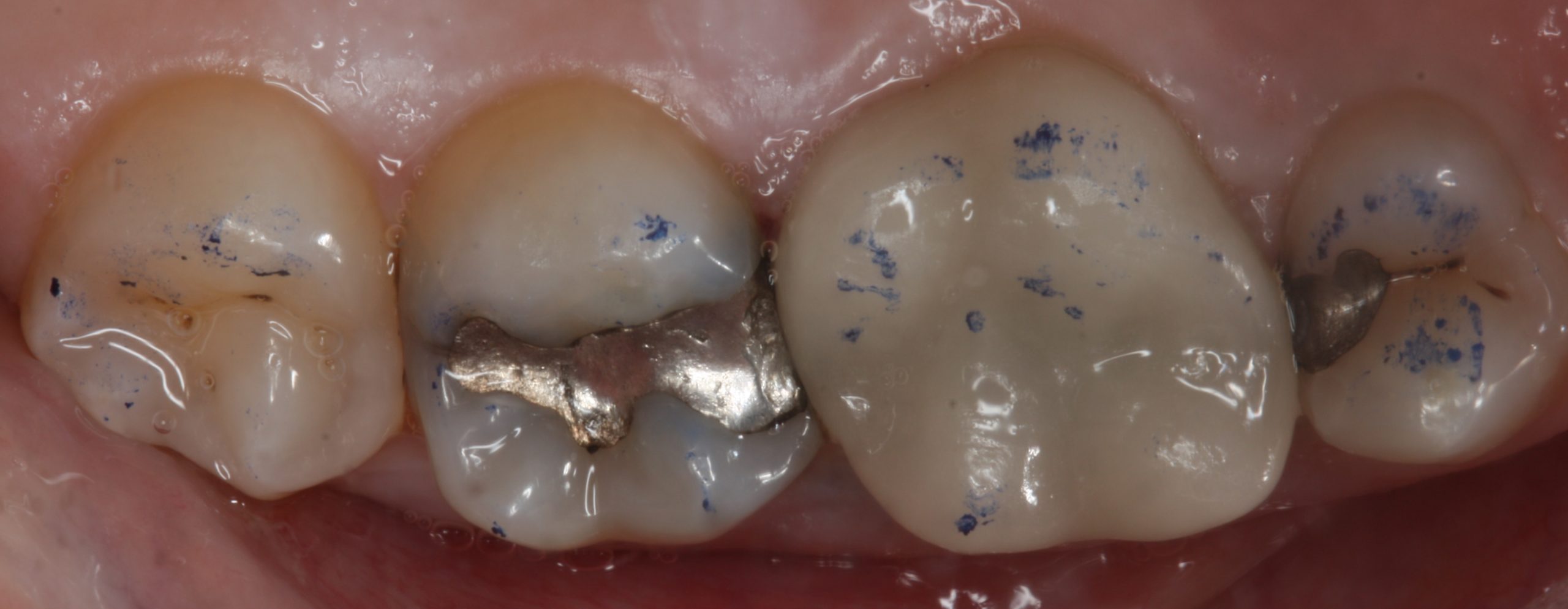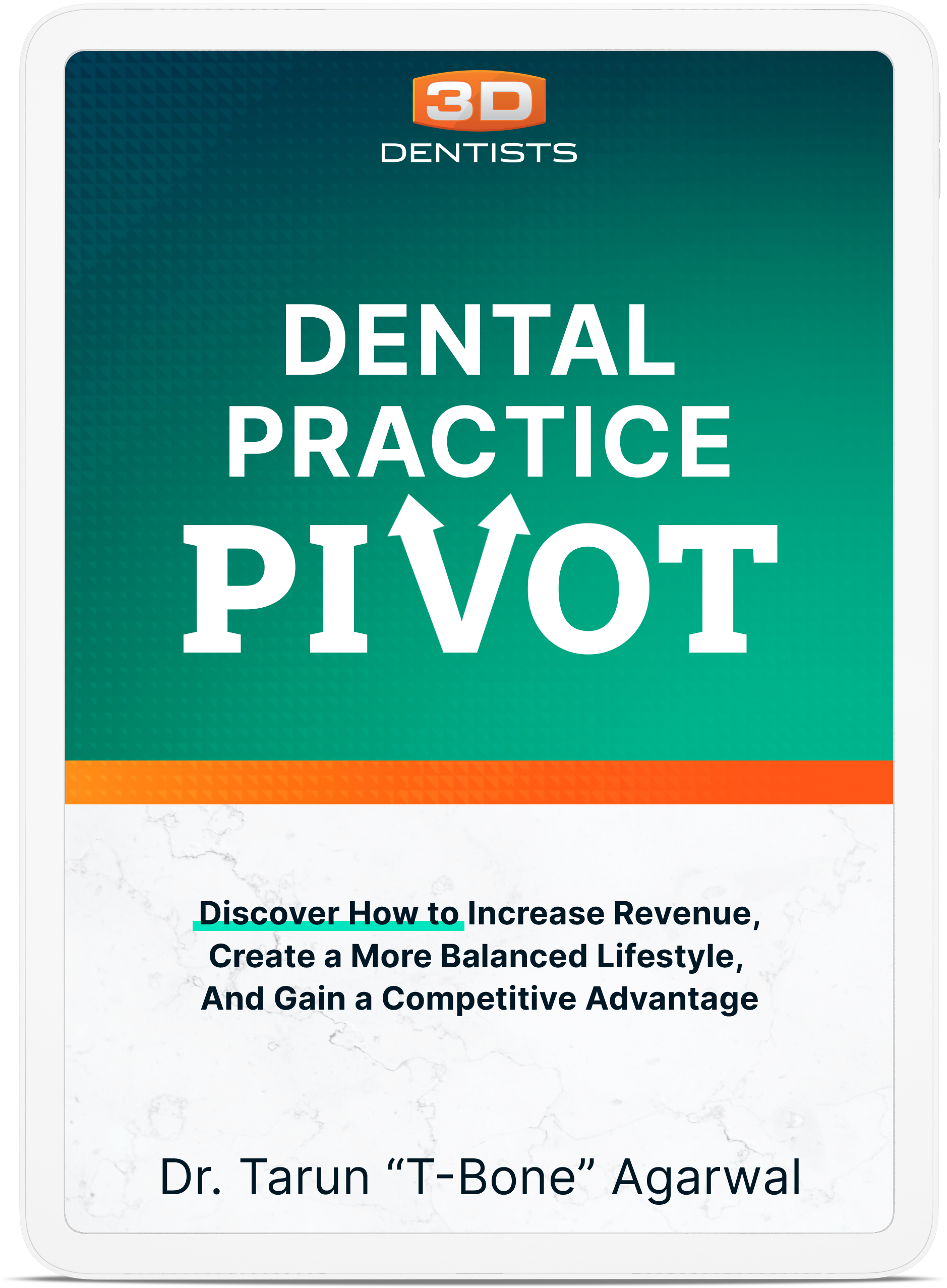A ‘full’ schedule is not a sign of a flourishing practice. It could actually be a sign of a disorganized practice.
Are you tired of your schedule running you and you not running your schedule? Are you frustrated that you aren’t able to do more of the type of treatment that you desire? Do you have to ‘push’ patients out several weeks because you are ‘booked’?
If you relate to any of the above then you must learn to implement a concept called ‘block scheduling’. I first learned of block scheduling from my good friend Dr. Robert Willis.
In my early years of practice I was grateful to have patients and was willing to let them look at my schedule and pick their own time. This led to chaos in the schedule as we became busier.
When an emergency patient came in and needed a root canal and crown (which is a 2 hour appointment in our office) we weren’t able to find a solid 2 hour time slot. We could find 1 hour here and 1 hour there, but not 2 hours together. This was a direct result of our policy of asking the patient which time worked best for them.
As I was learning more complex treatments through CE programs, I was finding there was no time to properly plan, diagnose, present, or actually do these treatments in the schedule. This was because our schedule was more of a ‘keep it full’ mentality.
What really irked me was when I had a real busy day and I looked at the production sheet and it was abysmal. Why? It was full of fillings, crown seats, and other non productive procedures.
The final straw came when I came to the office and I had no idea what the day was going to bring. Today could be a day of surgery, a day of complex restorative, or a day of ‘aerobic’ dentistry.
Block scheduling can totally change your schedule. It is a schedule that is built around you. In other words, you simply design your ideal day and schedule according to that.
In my eyes the most important aspect of block scheduling is productivity planning. We divide our days into ‘productive time’ (in our office this is 8am to 1pm) and then ‘aerobic time’ (from 2pm to 5pm). We strive for 80% of our production goal in the productive time and 20% of goal in the aerobic time.
Productive time is for laboratory procedures, complex treatment, root canals, implant surgeries, quadrant dentistry, etc. Aerobic time is for simple ‘onesie twosie’ fillings, crown seats, post ops, etc. This allows me to be freshest for the complex, precision treatment.
You create time blocks in your practice software that are reserved for certain procedures or production amounts. These time blocks are ‘sacred’ and not to be used for anything else. We keep these blocks sacred until 4 days prior. At the 4 day mark the blocks are opened and available to schedule any procedure.
Here is a quick list of blocks that every dental practice must have.
1. Indirect Restorative (Crowns/Onlay/Complex Restorative)
2. Dental Emergencies – preplan your day to accommodate dental emergencies
3. Consultations – not just for new patients but for Codiagnosis for existing patients
4. New Patients – block schedule new patients on your hygiene schedule
5. Perio Procedures – block schedule perio procedures for your hygienist schedule
6. Diagnosis & Planning – block schedule 1 hour each week for case review and treatment planning
Block scheduling has made a tremendous impact on our practice. We have relatively even days that are planned ideally to goal. We have created space to accommodate dental emergencies. We have planned times for new patients and perio procedures for the hygienists.
Block scheduling takes some time to implement and some mental hurdles to overcome. However, in the end it is truly the best way to run a dental schedule.





